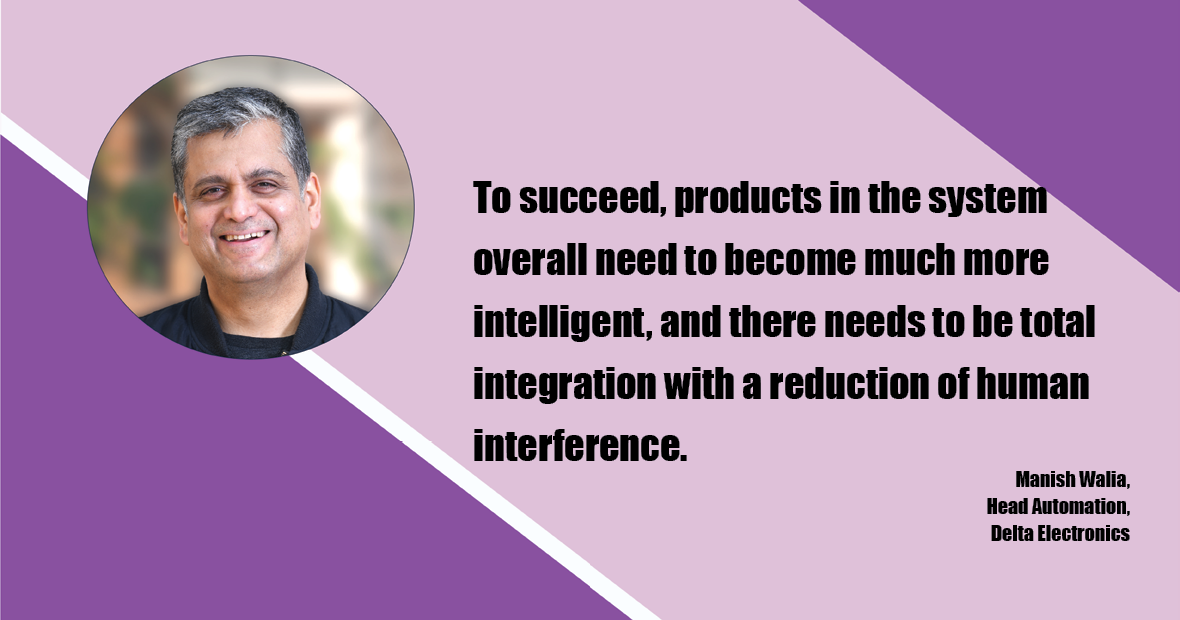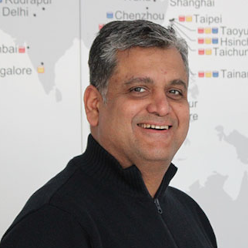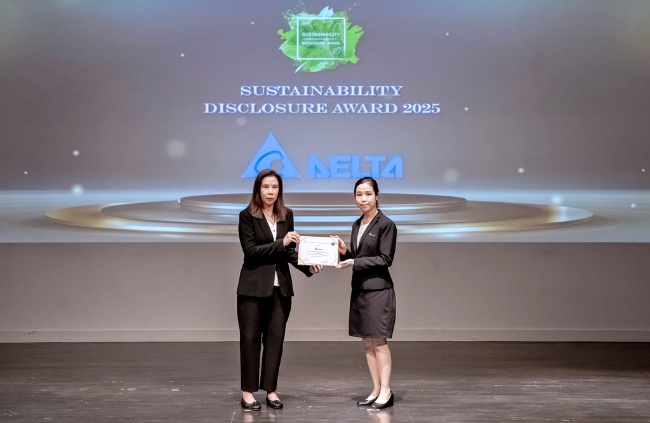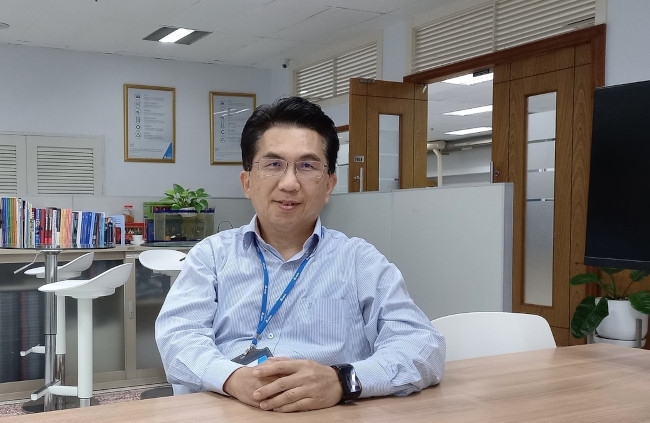Artificial Intelligence and smart equipment will drive the sector’s development
By Manish Walia - Published November 11, 2021
 By Manish Walia, Business Head-IA Solutions, Delta India
By Manish Walia, Business Head-IA Solutions, Delta India
In this exclusive interview, EPR Magazine spoke to Manish Walia, Head Automation at Delta, a man who has been at the center of the automation revolution in India, on innovative automation and control solutions in power plants, substations, and distribution networks.
How are automation and control technologies evolving in the power sector?
The evolution of the power sector is being led by mass-scale digitisation and automation. The development of Smart Grids and automation software have been game-changers on this front.
In addition, different parts of the equipment are evolving to communicate in real time with each other, leading to efficient monitoring and decision making using automation. The sector is also expanding with the increasing adoption of renewable sources of power. At Delta, we champion green practices and cater to both conventional and renewable sources of energy.
What are the upcoming technologies for the enhanced power plant performance?
Connectivity will be the key and will lead to the interconnectivity of equipment, which will help to collect precious data. Much analytics are getting built into the system to analyse this collected data, and it will help make predictions that include concerns or maintenance. We, at Delta, provide smart equipment used in power plants and down the line to substations to this end on the hardware front.
Our SCADA software is a significant part of our automation solutions. We also have energy management systems. We provide several renewable energy solutions including for wind power solutions, Solar PV Inverters, other Power Conditioning systems, and other storage options to help store the power generated and its further usage in commercial or local grids.
What are the latest innovations in substation automation? What technologies are trending?
Substation automation is a critical process. A primary concern is to minimise outages for the consumer, and concentrated efforts are made in this direction. As a power solutions provider, our PLC, SCADA substation software, energy management systems to control energy guzzlers, and smarter power meters enhance and automate the process to this end.
As intercommunication amongst different equipment is growing, real-time data tracking using Delta’s video walls in control rooms is gaining importance. Of course, with data being collected, AI will also be incorporated into the system, looking at historical data and at repetitions.
What are the key challenges faced in power distribution? How are automation and control technologies improving the distribution process?
Power loss during distribution and the ups and downs of demand are some of the major issues faced during power distribution. Currently, distribution losses are reducing with more intelligent and energy-efficient equipment, making distribution far more competent. In addition, automation is greatly helping resolve the issues of consistently changing demand by streamlining distribution processes with the SCADA substation software.
Another issue is the rise of LEDs, UPS, and Inverter usage, which cause regular harmonic disturbances in the output that needs to be suppressed. At Delta, we have power factor compensation equipment and harmonic filter active components that help deal with this issue. We also need to look at the power quality which is affected by fluctuations and requires power quality equipment and Delta’s Variable Frequency Drives at the load side.
What will drive the development of automation and control technologies in the future for the power sector?
The need for instruments and equipment to be communicative and interactive will drive future development. To succeed, products in the system overall need to become much more intelligent, and there needs to be total integration with a reduction of human interference.







